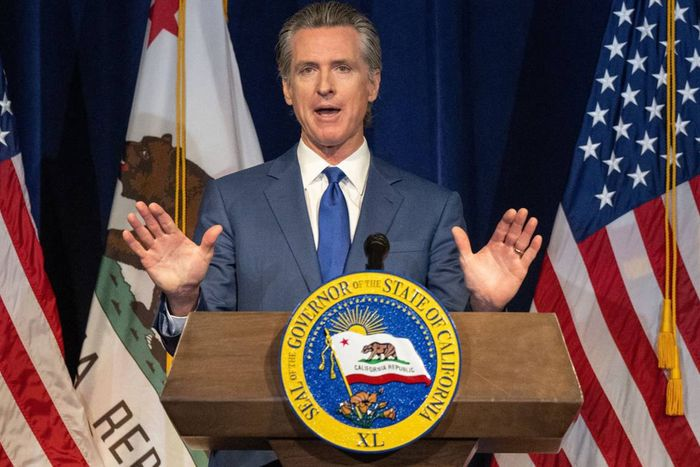The interim bail granted to Arvind Kejriwal by the Supreme Court has significant implications for his election campaign. Let’s explore how:
- Campaigning Freedom: With the interim bail, Kejriwal can actively participate in election-related activities. He can address rallies, hold meetings, and engage with voters without the restrictions that would apply if he were in custody.
- Visibility and Outreach: Kejriwal’s presence during the campaign period is crucial for the Aam Aadmi Party (AAP). His ability to connect with voters directly can boost the party’s visibility and outreach.
- Media Attention: As the Chief Minister of Delhi, Kejriwal’s statements and actions receive substantial media coverage. His bail allows him to make headlines, share his party’s vision, and respond to opponents’ claims.
- Symbolic Impact: Kejriwal’s bail sends a symbolic message to AAP supporters. It reinforces the idea that he is committed to the election process and willing to fight for his party’s cause.
- Legal Proceedings: While campaigning, Kejriwal must also manage his legal defense. The excise policy case remains unresolved, and he will need to balance his campaign responsibilities with court appearances.
- Opposition Criticism: Opponents may criticize the court’s decision, arguing that it grants special privileges to politicians. Kejriwal’s rivals could use this as a talking point during the campaign.
In summary, Kejriwal’s interim bail provides him with the opportunity to actively engage in campaigning, but it also adds complexity to his dual roles as a candidate and a defendant. The impact will unfold as the election progresses. 🗳️🇮🇳












